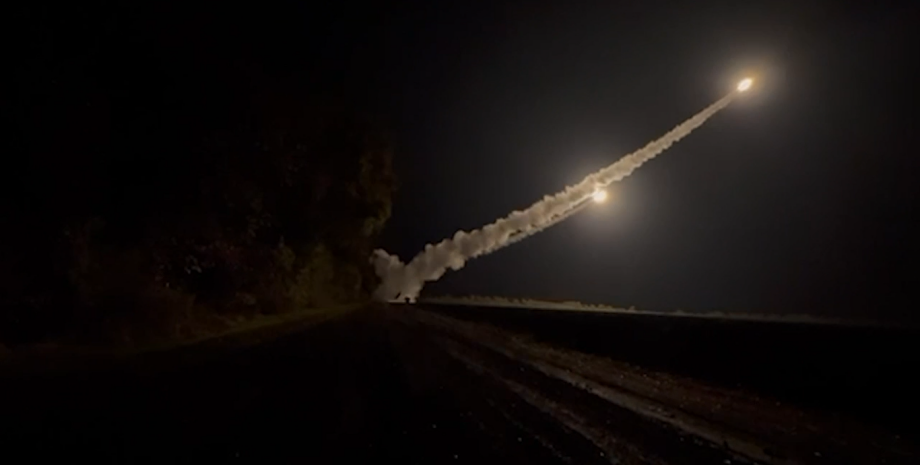
 By Natali Moss
By Natali Moss
As a result of the impact of ATACMS ballistic rockets, the General Staff reported about the destruction of 6 helicopters of Russian troops. Satellite images recorded five affected targets at the site. The photo was taken on October 17, 2023, the next day after the impact. They are currently available in low separate quality, but OSINT analytics have already calculated that 5 helicopters were destroyed at the occupiers in Berdyansk.
The fire was also recorded through NASA FIRMS, which registers with a fire satellite on Earth. At the airfield in Berdyansk, there are at least three places where there was a fire. On the night of October 16 to 17, Ukraine hit Russian airfields in Berdyansk and Lugansk. At the scene, the invaders found fragments of ATACMS missiles with a cassette combat part. According to the forces of special operations, 9 Russian helicopters were destroyed. The operation was called Dragonfly.
Later, President of Ukraine Volodymyr Zelensky confirmed that Ukraine received Casket missiles atacms. He thanked the United States for the fulfillment. Later, the Commander -in -Chief of the Armed Forces, General Valery Zaluzhny, posted a video of ATCMS on Russian occupiers. According to NYT, Ukraine has received a batch of 20 missiles in Block 1. It has a range of 165 km and 950 subbounds.


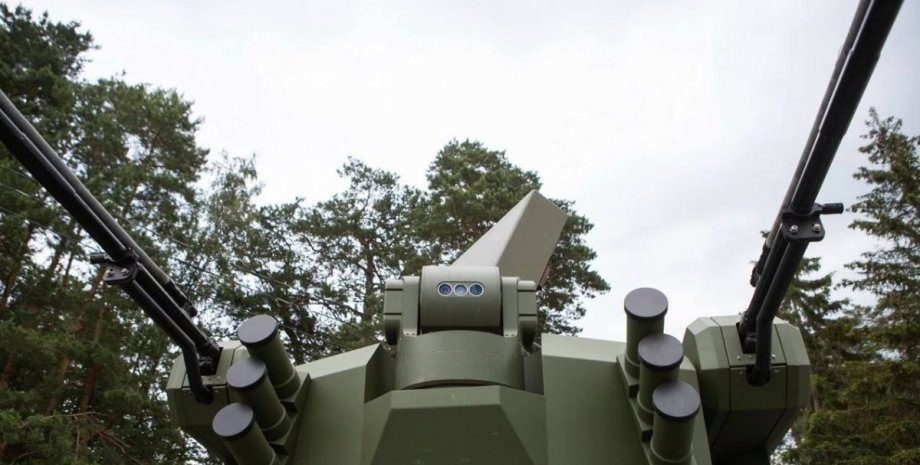

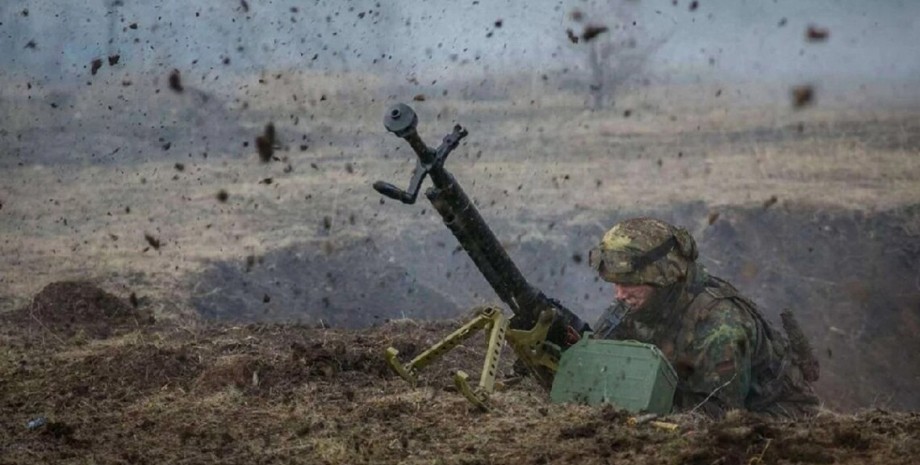

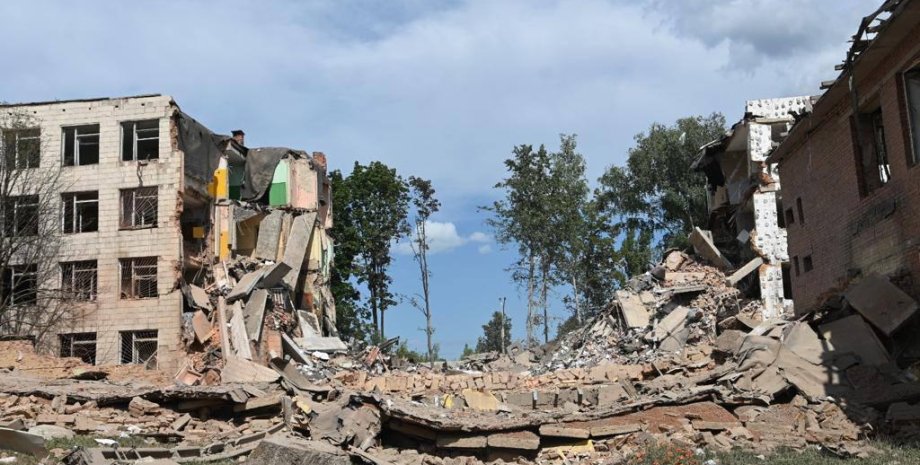
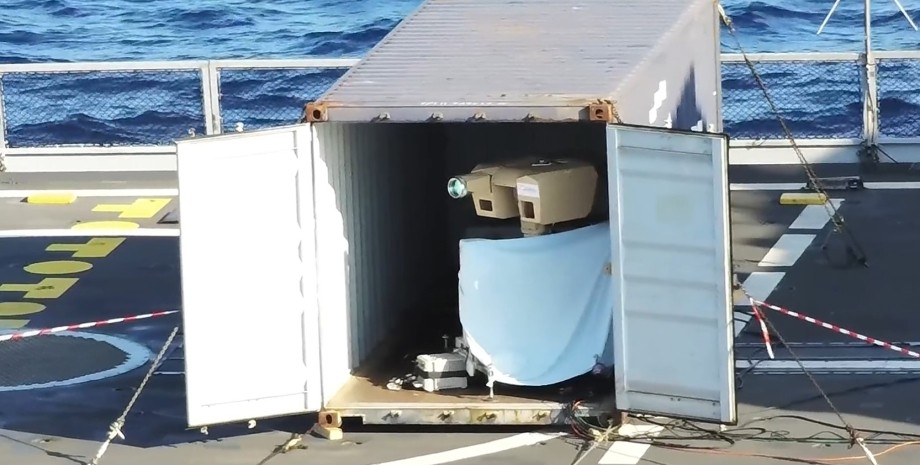

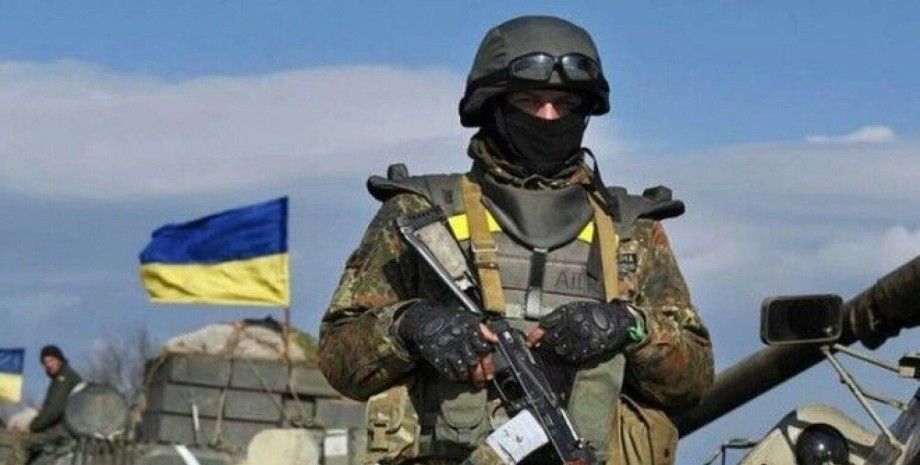
All rights reserved IN-Ukraine.info - 2022